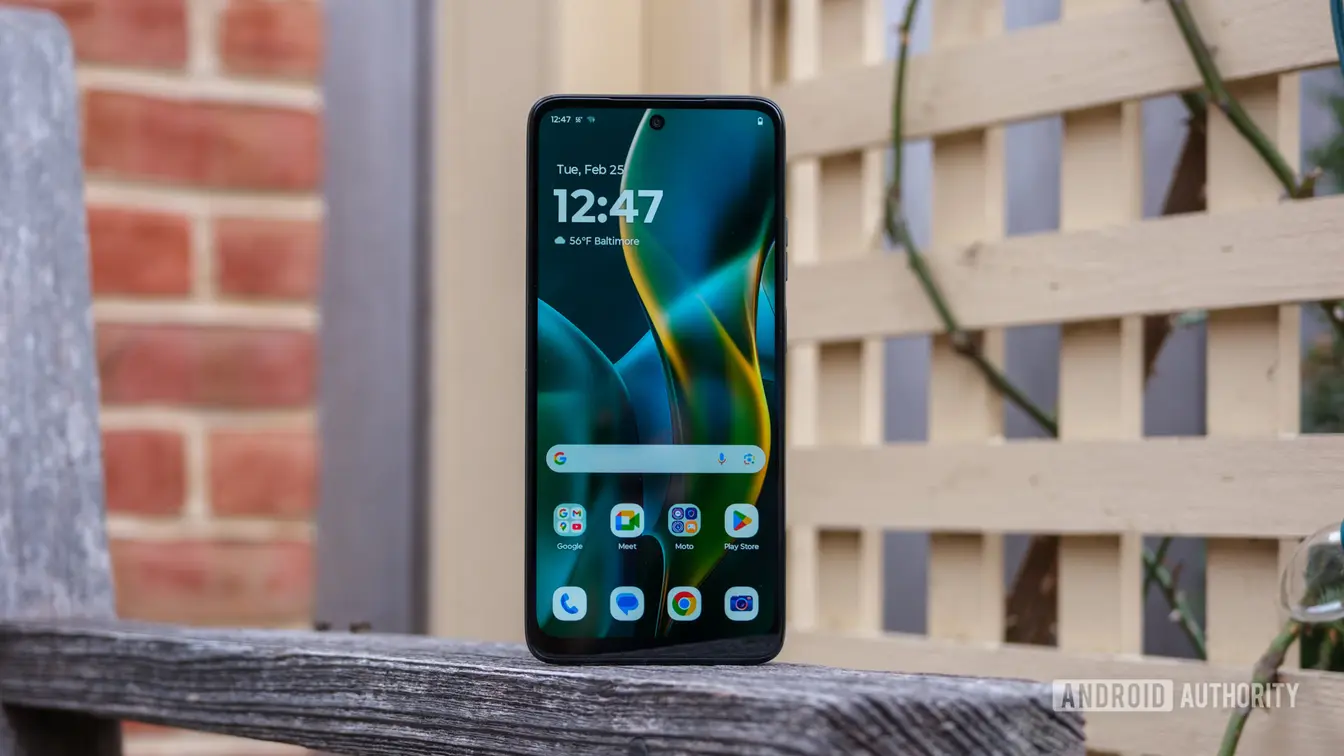T4K3.news
Pixel 10 Pro review finds subtle upgrades fall short
Google's Pixel 10 Pro arrives with minor hardware changes and mixed AI features, keeping the price intact.
A critical look at Google's Pixel 10 Pro, questioning whether small hardware changes and AI features justify the high price.
Pixel 10 Pro Review Finds Subtle Upgrades Fall Short
Google's Pixel 10 Pro arrives with only modest hardware changes from the Pixel 9 Pro and keeps the same $999 price. The most visible tweak is the removal of the SIM card tray, and the phone gains Qi2 support branded as Pixelsnap for magnetic accessories. The display remains sharp with a 1280 x 2856 resolution and a 1-120 Hz refresh rate, and the body feels sturdy thanks to an aluminum frame and Gorilla Glass Victus 2. Battery capacity sits at 4870 mAh, and case compatibility with many Pixel 9 Pro accessories remains largely intact.
Under the hood, the Tensor G5 brings a modest CPU boost but fails to close the gap with flagship rivals in gaming and heavy workloads. In benchmarks, single core rose about 17.5 percent and multi core about 34.8 percent, yet the GPU trails behind the iPhone 16 and OnePlus 13. Thermal performance shows the device getting warm during play, though it stays usable and remains steady under repeated tests. The camera array is unchanged from the Pixel 9 Pro, and the Pro Res Zoom feature, while technically interesting, often fails to deliver reliable improvements at high zoom levels. Software emphasizes AI features, but some tools are region locked or unreliable in real world use, tempering the promise of a perfect upgrade.
Key Takeaways
"Pro Res Zoom shows ambition even when the result falls short"
Commentary on the camera feature's value
"Seven years of updates is nice but won't fix current value questions"
Update policy in context of price
"Qi2 support puts Google's phones into a tighter accessory ecosystem"
Ecosystem impact
"A phone that looks familiar and costs more than it seems worth"
Overall assessment
The Pixel 10 Pro reads as a cautious evolution rather than a leap forward. Google leans on software and AI to justify the price, while hardware advancement remains incremental. That strategy may appeal to existing Pixel fans, but it risks losing new buyers to devices with stronger chips and more aggressive camera upgrades. The long term value hinges on how compelling the AI tools prove once they mature and become universal rather than region specific.
Looking ahead, the Pixel line will be judged by its software support and ecosystem improvements more than by hardware shifts. Qi2 integration is a welcome step toward a cohesive accessory ecosystem, but it cannot compensate for slower performance in demanding tasks. For gamers and power users, the message is clear: wait for a bigger leap or seek a model with a stronger GPU and cooler operation. The Pixel remains a solid companion for everyday use, yet its price and performance gap will fuel ongoing debates about what actually counts as meaningful upgrades in a crowded market.
Highlights
- The Pixel 10 Pro feels like a careful nudge rather than a bold leap
- Qi2 is nice, but it arrives late when buyers want real value
- Pro Res Zoom promises magic, but the results reveal the trick
- Google bets on AI features that often stay hidden behind regional walls
The next big move will define how Google balances software polish with real hardware breakthroughs.
Enjoyed this? Let your friends know!
Related News

Seven Android phones to skip now

Cyberpunk 2077 patch improves console performance
Pixel 10 Pro and Pro XL launch
Pixel 10 review signals value upgrade
